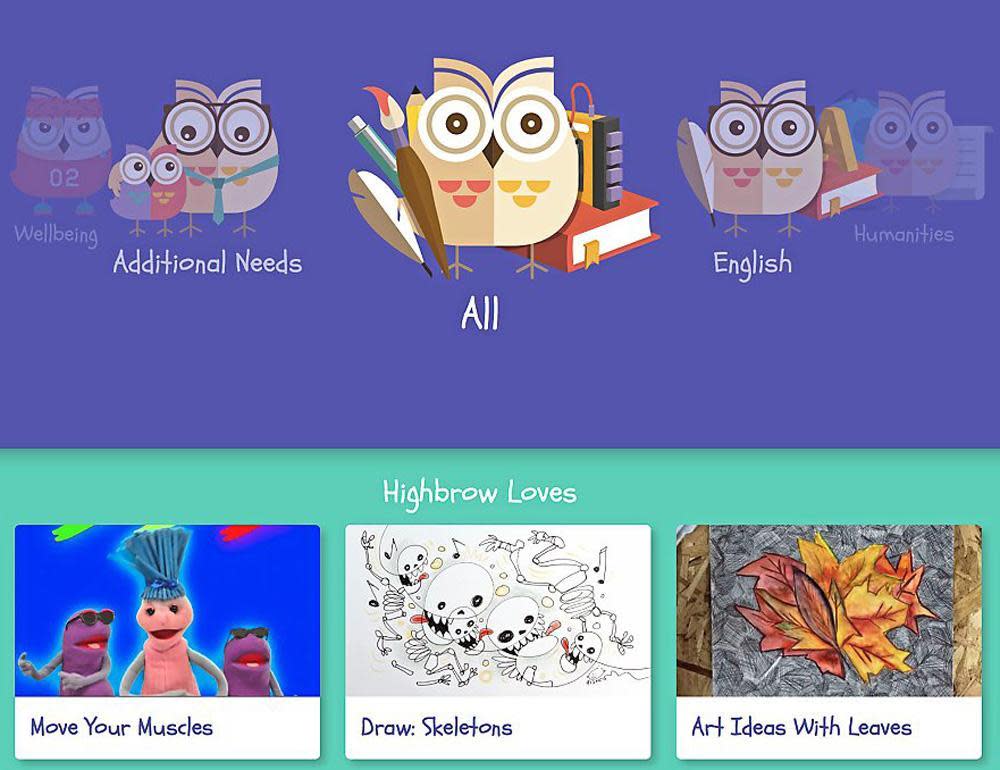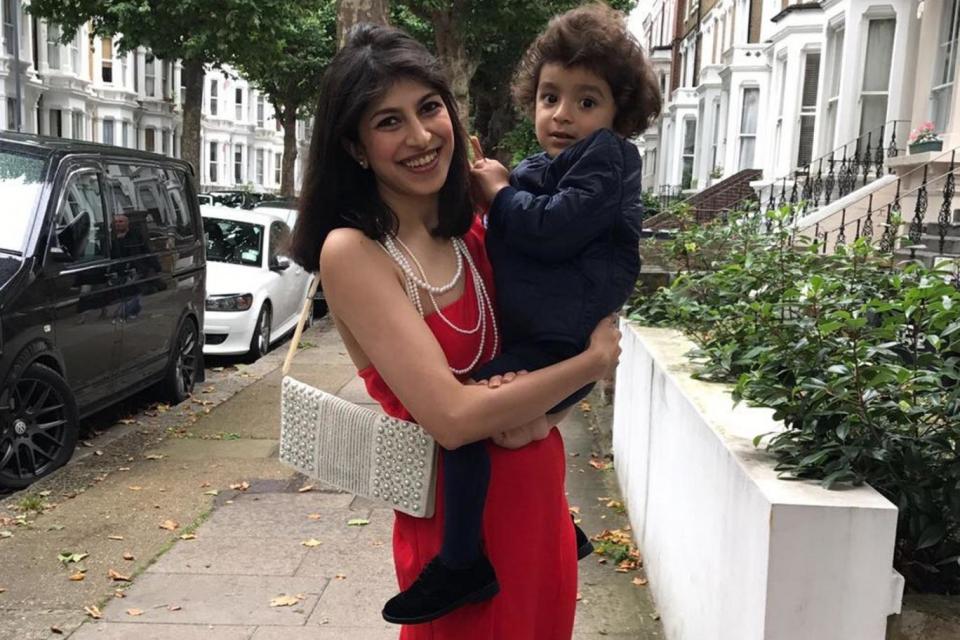Mother launches Highbrow streaming site to protect kids from 'scary' content

A mother who feared her son would be exposed to “scary and violent” video content online quit her job at a City law firm to launch a child-safe streaming platform.
Priyanka Raswant, 31, came up with the idea after thinking about how to manage the screen time of her son Aahaan, who is now two.
With her husband Rahul, the former corporate lawyer founded Highbrow, a Netflix-style start-up backed by O2 that has grown to streaming 4,000 educational videos since launching six weeks ago.
The couple, from Hammersmith, work with independent creators and all the ad-free content is vetted by staff before going live.

Highbrow, available on platforms including web browsers and iOS, is aimed at children aged one to 11.
Videos on the £5.99-a-month site cover science, cookery, the human body, travel guides, religion, culture, yoga, plus art classes on topics such as drawing dragons. There is also a section for youngsters with autism and hearing impairment.
Highbrow uses machine learning to see what users are watching and give personalised recommendations.
Their competitors include the free app Kideos and the £4.99-a-month Disney Life.
YouTube Kids, which has more than 11 million weekly views, has been criticised for failing to crack down on disturbing and sexualised content. The Google-owned company has promised to hire 10,000 staff to stop the spread of inappropriate videos.
Creepy counterfeit cartoons on YouTube Kids have featured characters from the PAW Patrol series dying and another showed Mickey Mouse in a pool of blood. Mrs Raswant said she was particularly disturbed by one video on the main YouTube site of a screaming girl’s head being shaved, which had more than 53 million views before being removed. Mrs Raswant said: “I was worried the screen time my son would be exposed to and I thought about how I could make it educational.
“There was inappropriate, unsafe content on YouTube and YouTube Kids, and also commercial messages and ads targeted at children, who can’t understand the difference between influential messaging and fact. Popular characters were also put into stories that were inappropriate for kids.
“We’re focused on educational outcomes and teaching skills, from nursery rhymes to science experiments and ballet routines, arts and crafts or playing the piano, and everything is vetted.”
For more, visit: joinhighbrow.com

 Yahoo News
Yahoo News 
